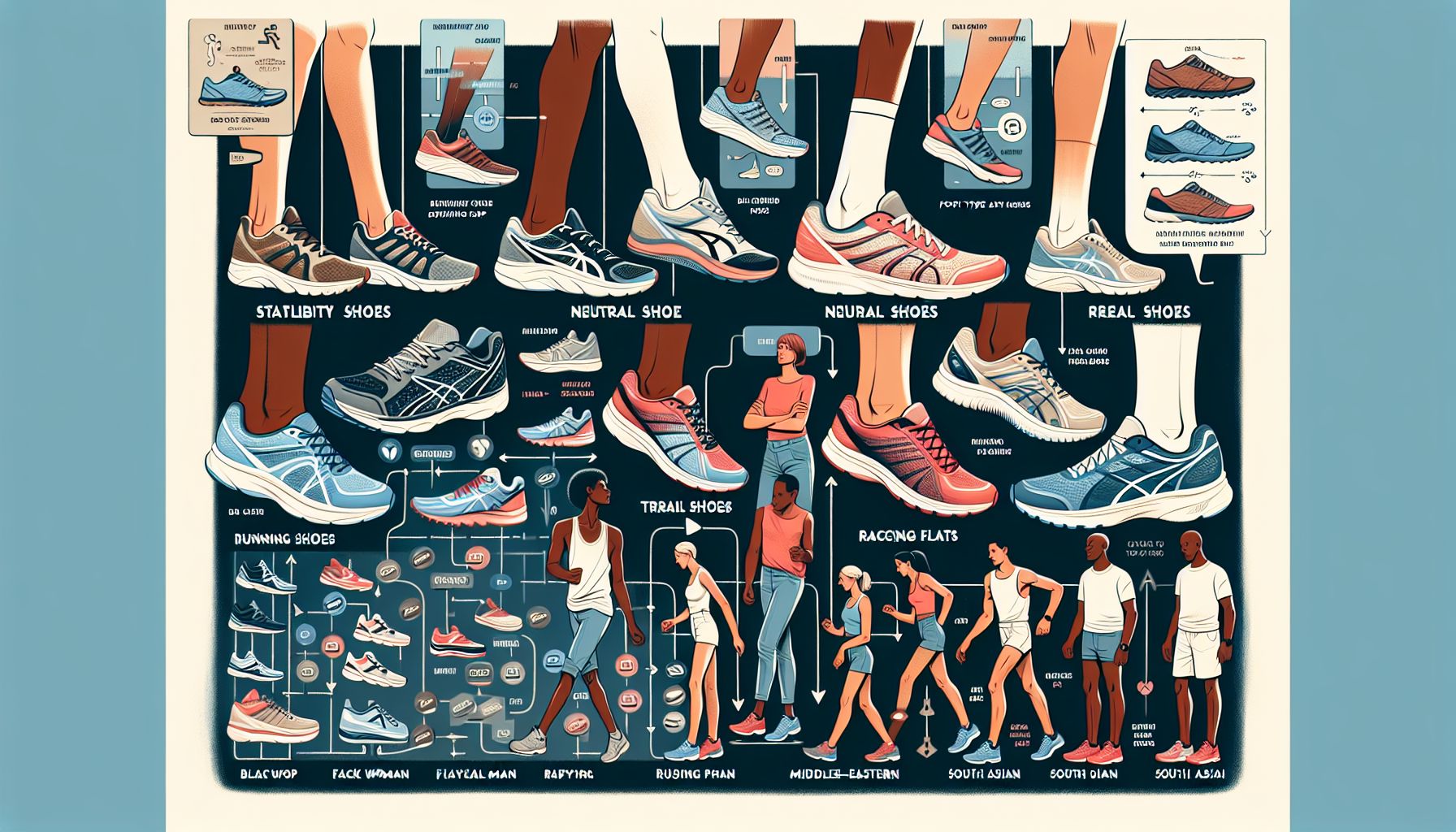As a runner, one of the most essential things you need is a great pair of running shoes. Whether you’re a seasoned marathoner or just starting out, the right shoes can make all the difference in your comfort and performance. But with so many options on the market, how do you choose the perfect running shoes for you? In this ultimate guide, we’ll walk you through everything you need to know about finding the ideal pair.
Why Are the Right Running Shoes Important?
Before we dive into the nitty-gritty details, let’s take a moment to understand why finding the right running shoes is crucial. Running is a high-impact activity that exerts a tremendous amount of pressure on your feet and joints. When you run, your feet hit the ground with a force equivalent to several times your body weight. Therefore, having the proper footwear is vital to minimize the risk of injuries and enhance your overall running experience.
Understanding Your Foot Type
The first step in selecting the perfect running shoes is understanding your foot type. Generally, there are three common foot types: neutral arches, high arches, and low arches (flat feet). To determine your foot type, try the “wet test.” Wet the sole of your foot, step onto a piece of brown paper, and observe the shape your foot leaves behind.
- If your arch is well-defined and the middle part of your foot is narrower, you have neutral arches.
- If the arch appears very high and the middle part is narrow or even missing, you have high arches.
- If your footprint shows your entire foot or a large portion of it, including the arch, you have low arches or flat feet.
Selecting the Right Shoe Type
Once you know your foot type, it’s time to explore different shoe types catered to each foot structure. Here are some general guidelines:
- Neutral Arches: Runners with neutral arches have the most flexibility when choosing running shoes. Look for stability shoes that offer cushioning and moderate support.
- High Arches: Runners with high arches generally require extra cushioning to absorb shock. Look for shoes labeled as “cushioned” or “neutral” to provide adequate support.
- Low Arches (Flat Feet): Runners with low arches need shoes that provide stability and motion control. Look for shoes labeled as “motion control” or “stability” to help guide your foot’s movement.
Factors to Consider
Aside from your foot type, there are several other factors to consider when selecting the right running shoes:
- Cushioning: The level of cushioning you need depends on your personal preference and the type of running you do. Cushioning helps absorb shock and reduces the impact on your joints.
- Size and Fit: Always ensure you have enough room in the toe box to wiggle your toes. Aim for a snug fit around the heel and midfoot to prevent slippage or blisters.
- Terrain: Consider the surfaces you typically run on. You may need different shoes for road running, trail running, or a combination of both.
- Breathability: Look for shoes with breathable uppers to help keep your feet dry and comfortable.
- Durability: Check reviews or ask for recommendations regarding the durability of a specific shoe model. Running shoes usually have a lifespan of 300 – 500 miles.
Seeking Professional Advice
If you still find it overwhelming to choose the perfect running shoes, don’t hesitate to seek professional advice. Visit a specialty running store where trained experts can analyze your gait, foot type, and recommend suitable options based on your specific needs. Trying on different shoes and taking them for a test run before making a purchase can provide valuable insights.
Conclusion
Choosing the perfect running shoes may require some time and research, but it is an investment that can significantly impact your running experience. By understanding your foot type, selecting the right shoe type, and considering important factors, you can find a pair that provides the comfort, support, and longevity you need. Remember, every runner is unique, so what works for others may not work for you. Listen to your body, and prioritize your comfort and safety above all. Happy running!

